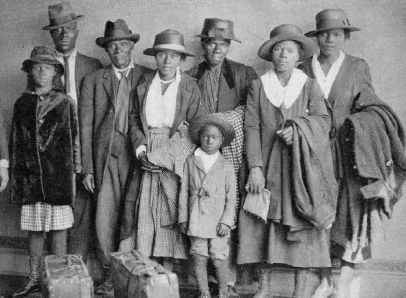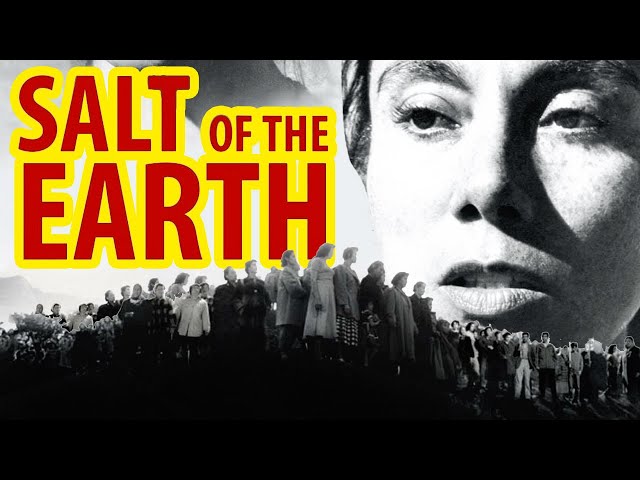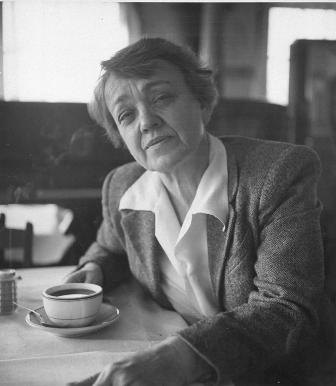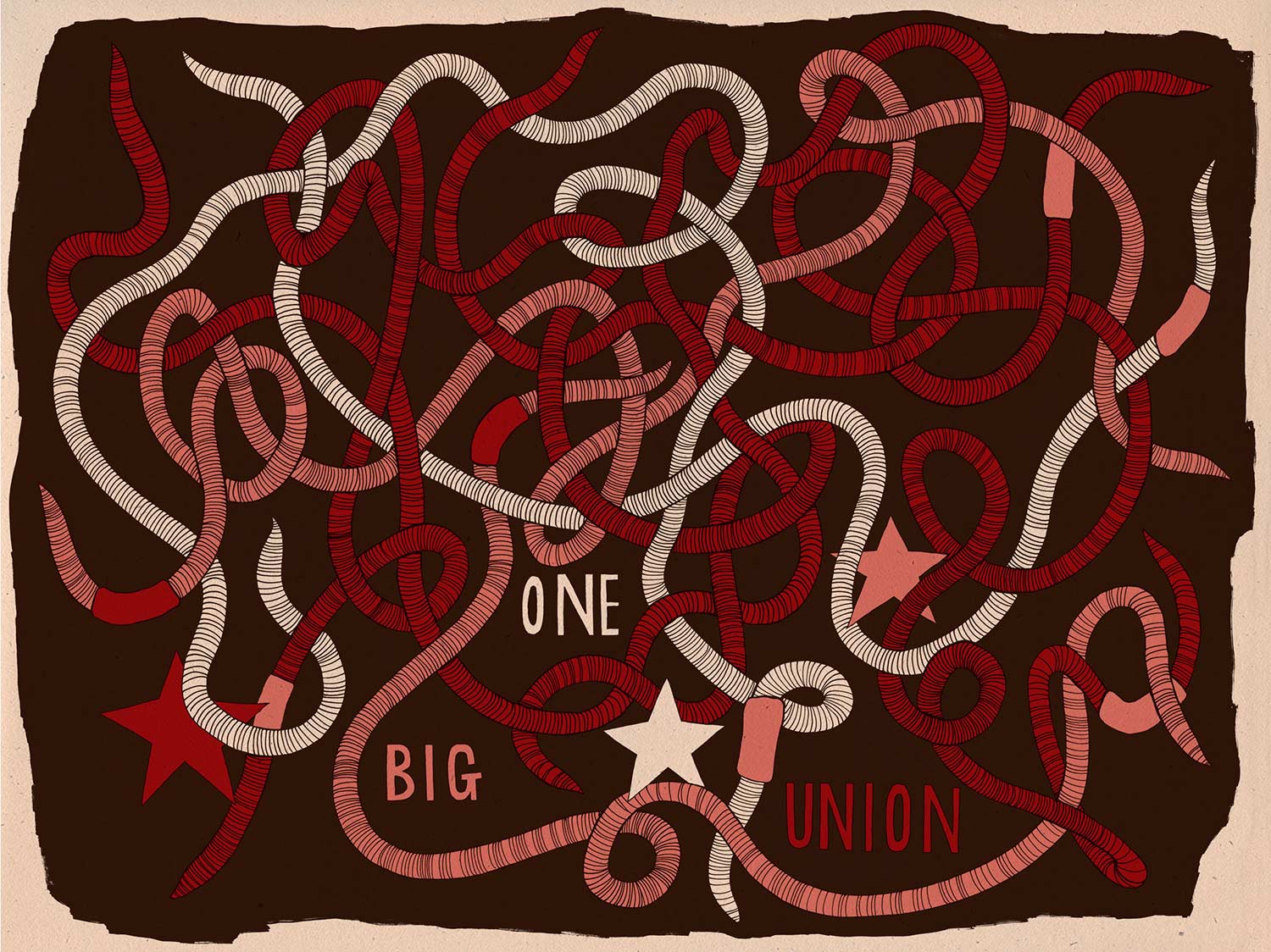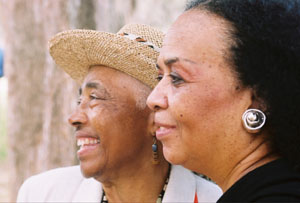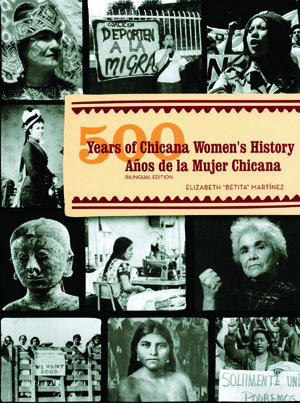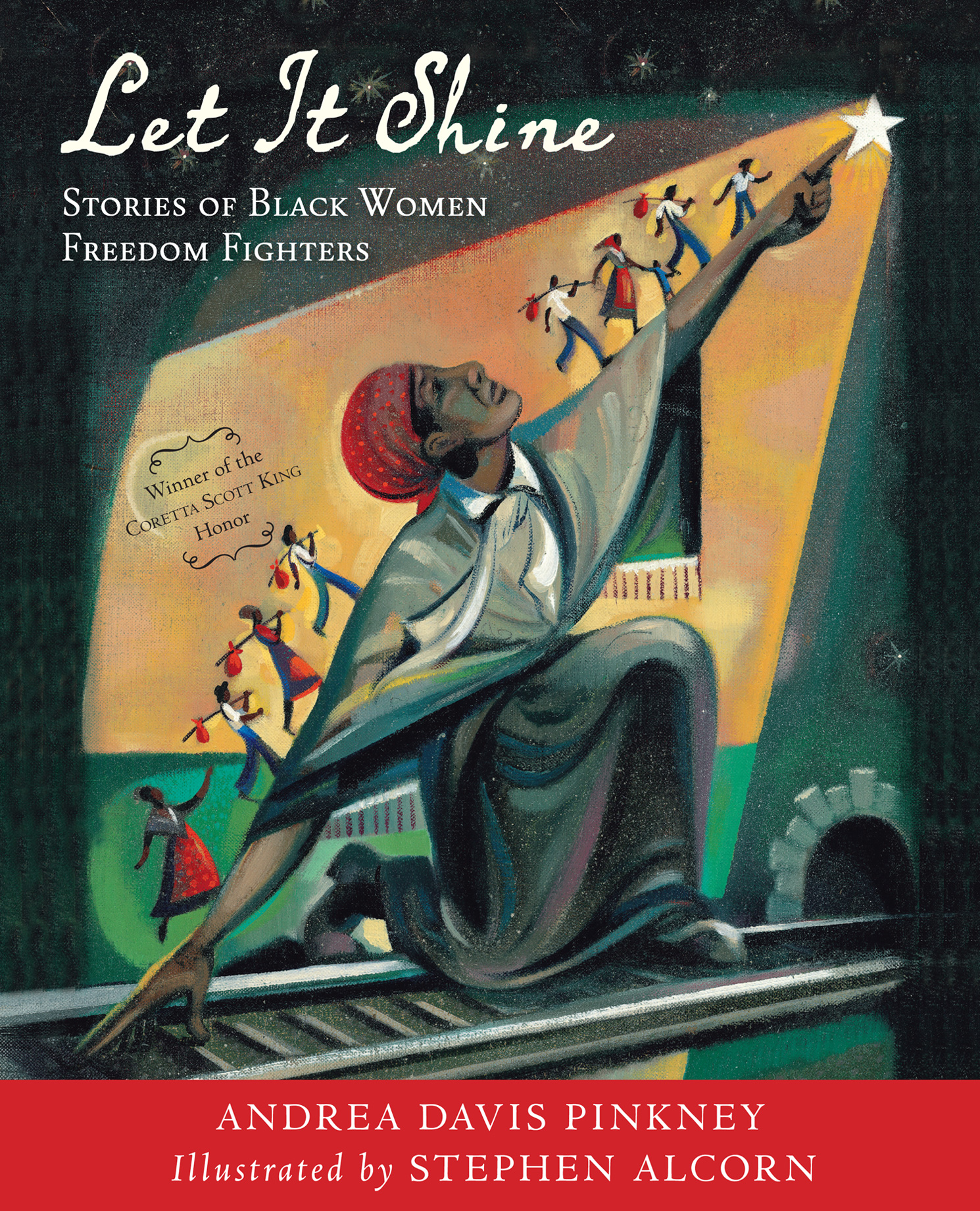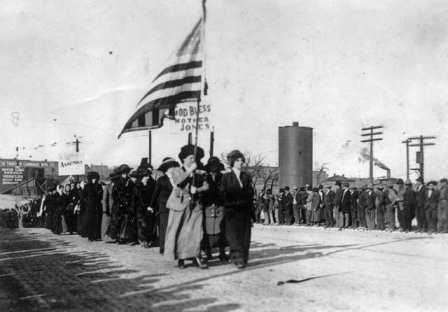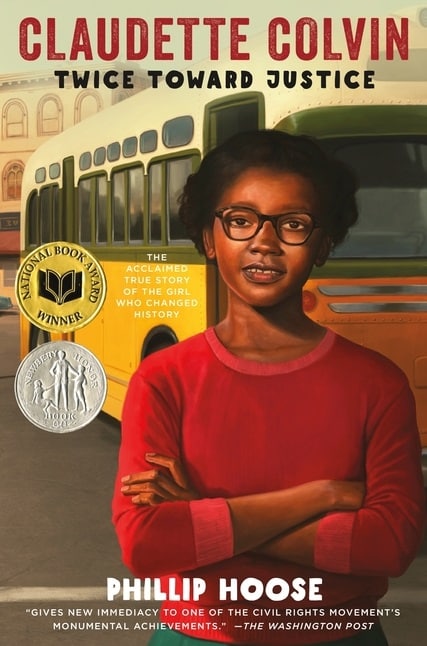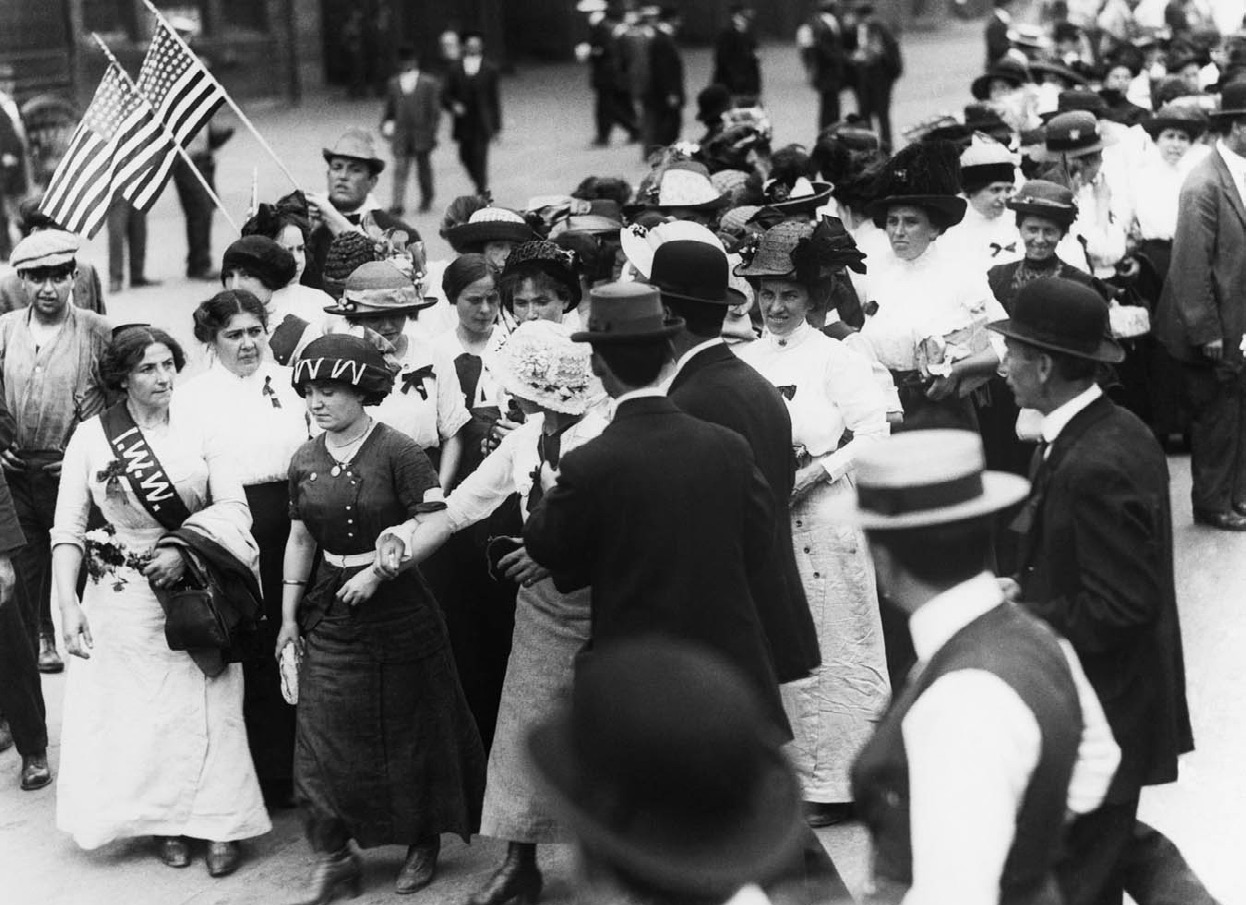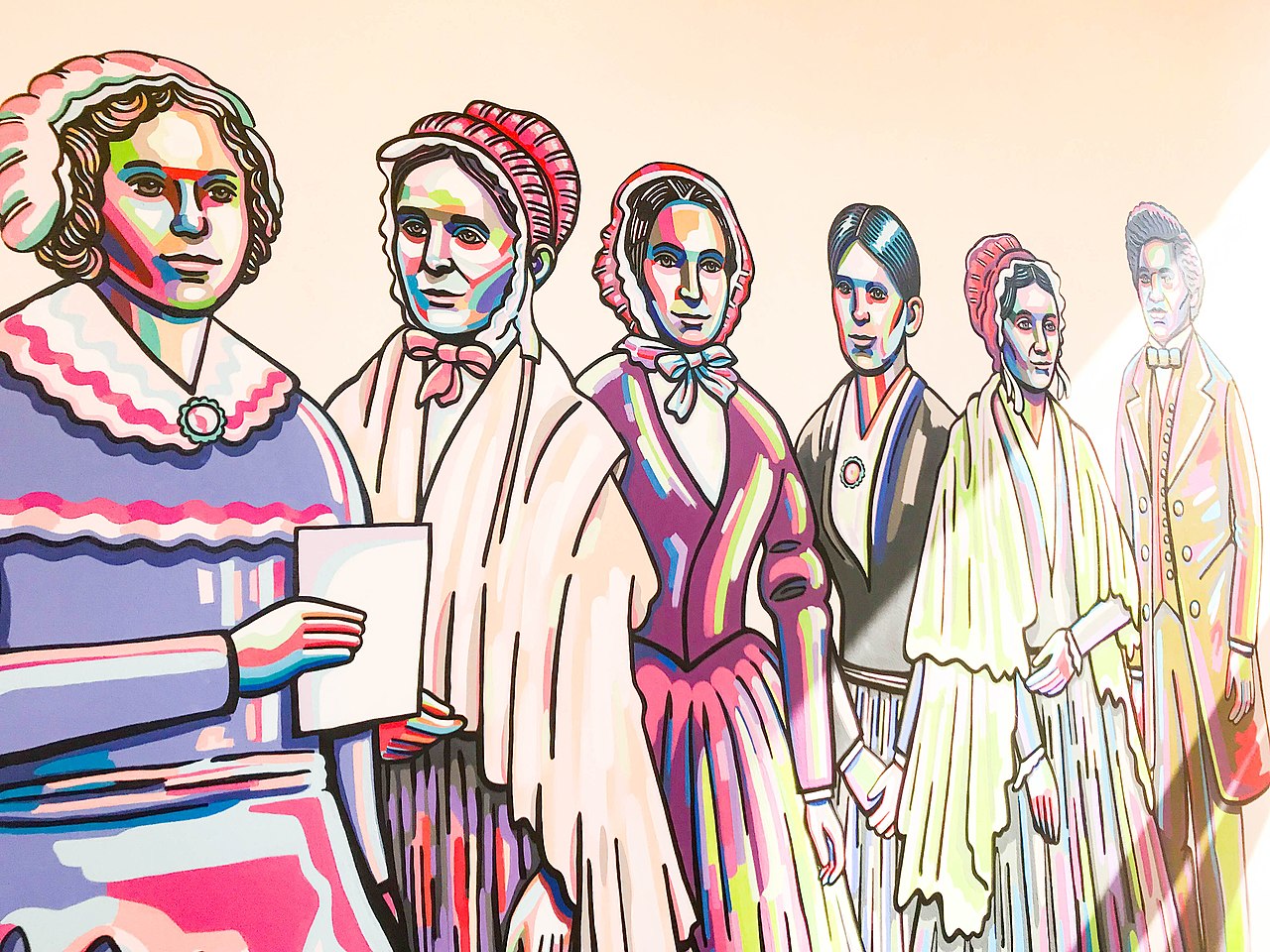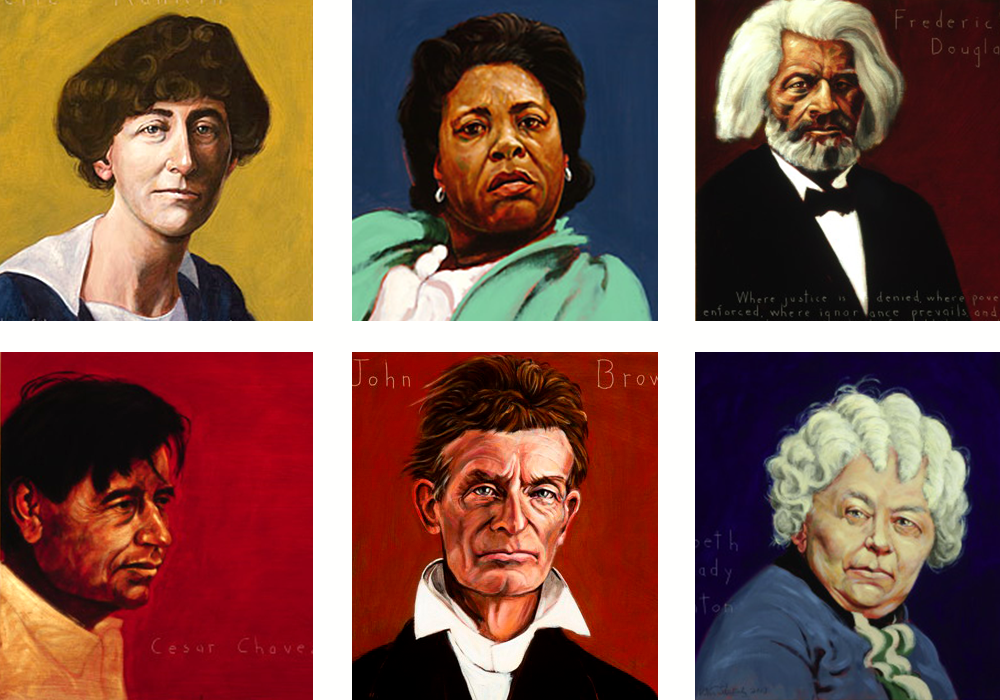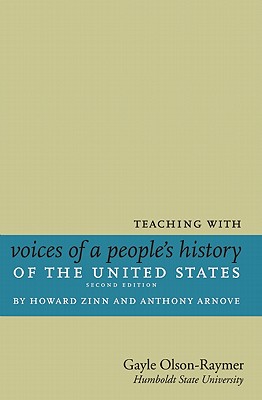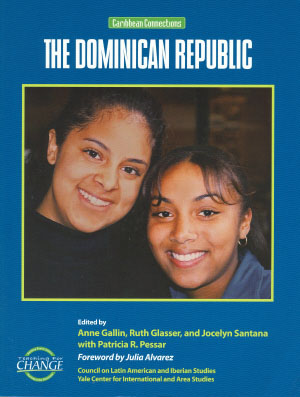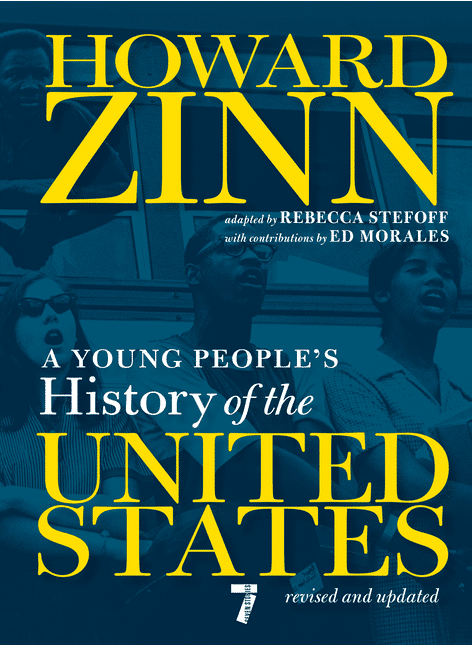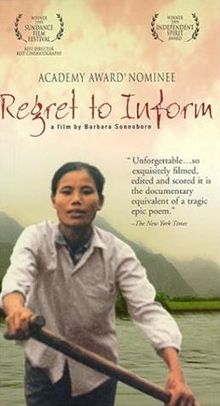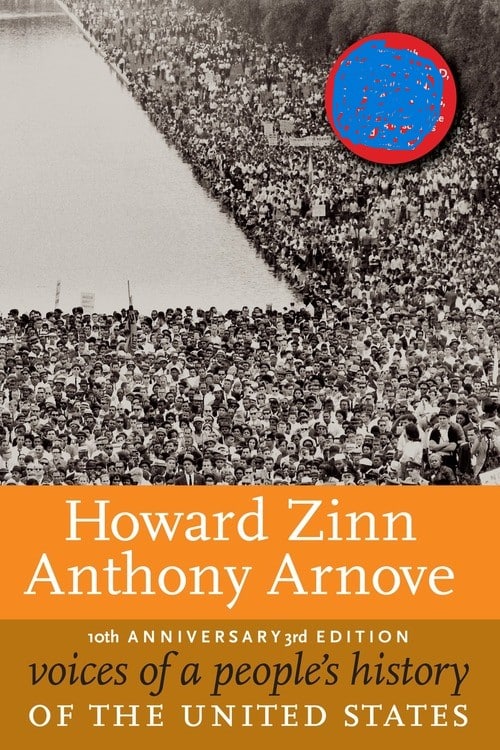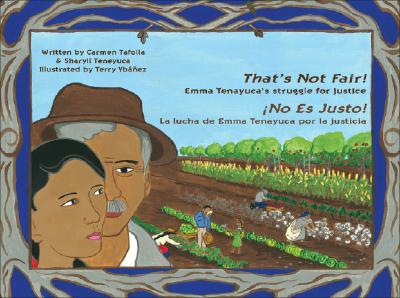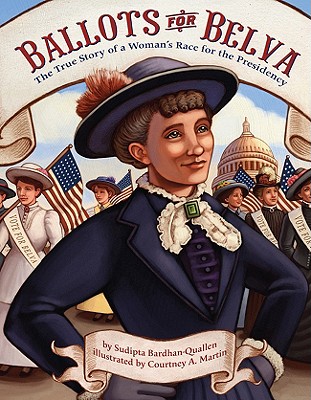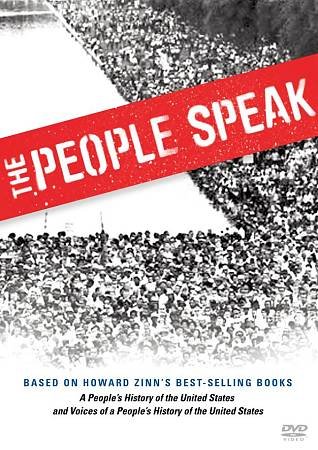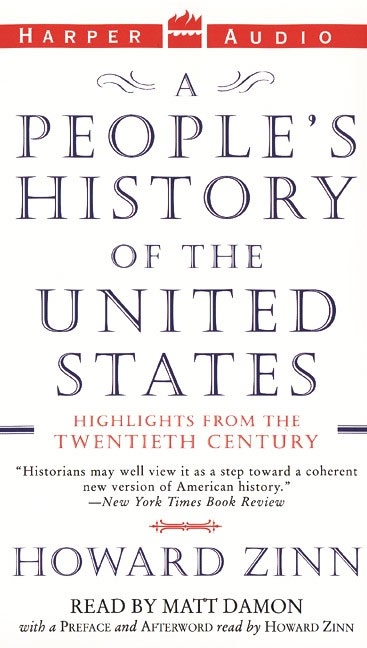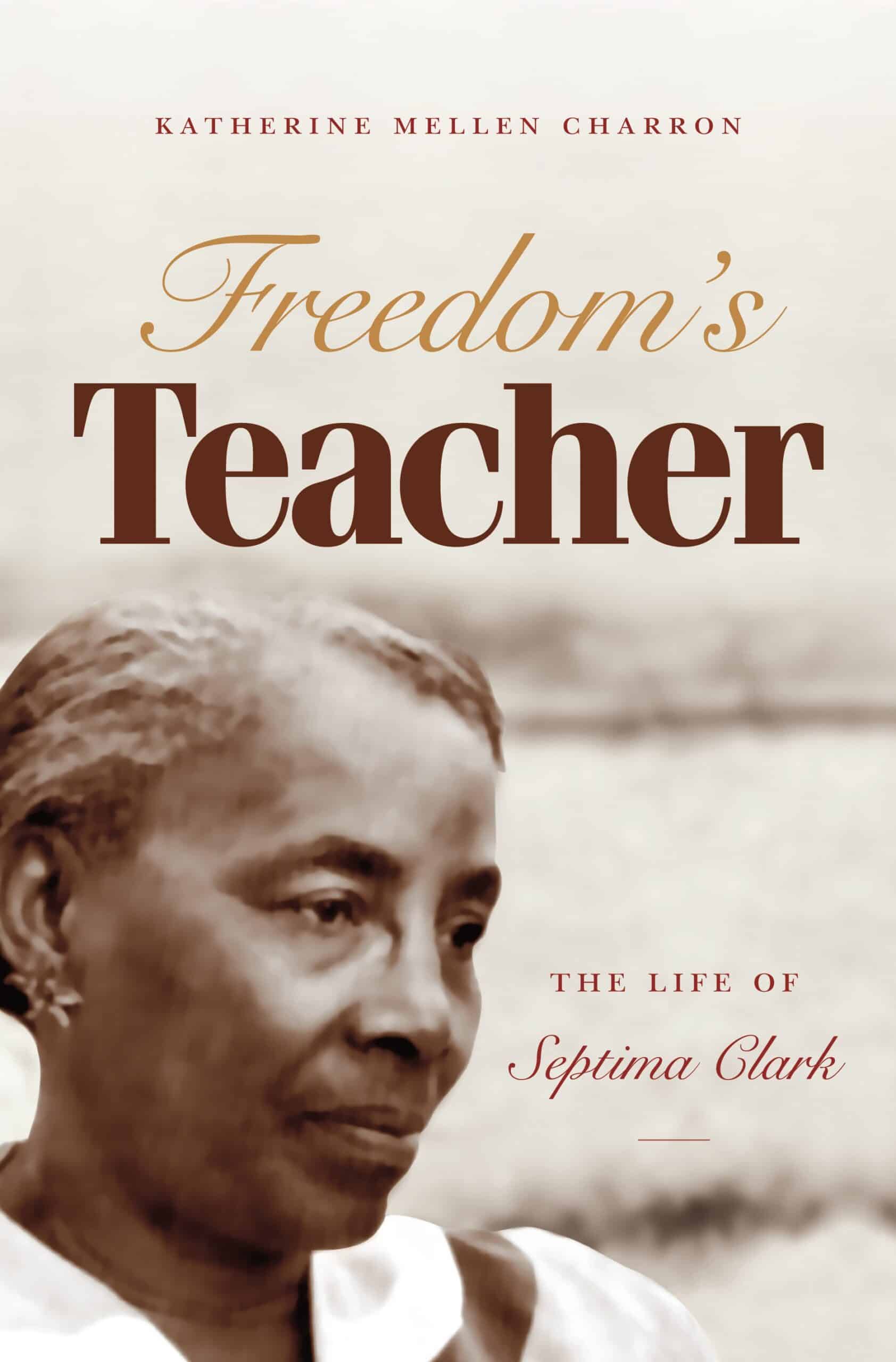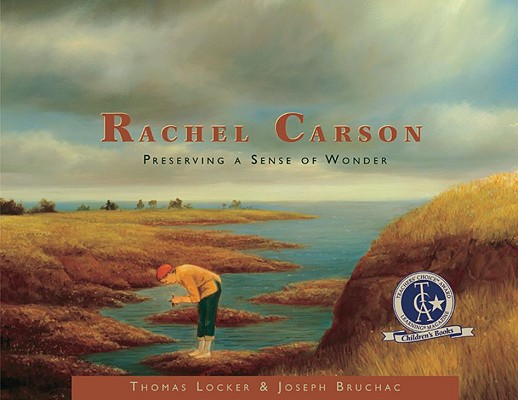Teaching Activity. By Bill Bigelow and Linda Christensen. Rethinking Schools. 3 pages.
Empathy, or "social imagination," allows students to connect to "the other" with whom, on the surface, they may appear to have little in common.
Continue reading
Teaching Activity. By S. J. Childs. Rethinking Schools. 6 pages.
The author describes how she introduces students to the classic 1953 film, Salt of the Earth, about a miners’ strike in New Mexico.
Continue reading
Article. By Herbert Kohl. Rethinking Schools.
A critical analysis that challenges the myths in children's books about Rosa Parks and the Montgomery Bus Boycott.
Continue reading
Teaching Activity. By Bill Bigelow. 7 pages.
Students read a poignant excerpt from Agnes Smedley's novel, Daughter of Earth, and use it to think and write about how schooling—their own included—teaches lessons about social class.
Continue reading
Teaching Activity. By Bill Bigelow and Norm Diamond.
Role play on the 1912 Bread and Roses strike in Lawrence, Mass.
Continue reading
Film. By Joan Sadoff, Robert Sadoff, and Laura Lipson. 2002. 60 minutes.
Documentary film on women in the Civil Rights Movement in Mississippi.
Continue reading
Book — Non-fiction. By Elizabeth Martinez. 2007. 899 illustrations.
Stories and photos of Chicana/Mexican-American women in politics, labor, art, health, and more.
Continue reading
Book — Non-fiction. By Andrea Davis Pinkney. 2013. 120 pages.
Mini-biographies for upper elementary and middle school of 10 African-American women.
Continue reading
Teaching Activity. By Gayle Olson-Raymer.
Questions and teaching ideas for Chapter 6 of Voices of a People's History of the United States on the early women's movement, including their efforts for social, racial, and political equality.
Continue reading
Book — Non-fiction. By Phillip Hoose. 2010. 160 pages.
The story of Claudette Colvin, a teenager who refused to give up her seat in the year leading up to the Montgomery Bus Boycott.
Continue reading
Teaching Activity. By Dale Weiss. Rethinking Schools. 3 pages.
A teacher's reflections about a curriculum unit on women's rights contextualizes the history of the feminist movement within the broader struggle of people working for greater equality in the United States.
Continue reading
Teaching Activity. By Bill Bigelow. 17 pages.
A role play allows students to examine issues of race and class when exploring both the accomplishments and limitations of the Seneca Falls Convention.
Continue reading
Teaching Activity. Essay by Howard Zinn and lesson by Bill Bigelow. Rethinking Schools. 17 pages.
Students research and share stories about unsung heroes in U.S. history.
Continue reading
Teaching Activity. By Jack Bareilles.
Questions and teaching ideas for Chapter 19 of Voices of a People's History of the United States on the emergence and legacy of the 1960s counterculture, as well as the movements it helped create.
Continue reading
Book — Non-fiction and Fiction. Edited by Gallin, Glasser, Santana. 2005. 250 pages.
Reader-friendly overview of the history, politics, and culture of the fourth largest Latino community in the United States.
Continue reading
Book — Non-fiction. By Howard Zinn, adapted by Rebecca Stefoff with additions by Ed Morales. 2022. 544 pages.
A young adult version of the best-selling A People’s History of the United States, ideal for 6th through 9th grade students.
Continue reading
Film. By Barbara Sonneborn. 1998. 72 minutes. Teaching Guide by Bill Bigelow. Chapter from A People's History of the United States by Howard Zinn.
A profound documentary on the impact of war, with a teaching guide and the chapter of A People's History of the United States on the Vietnam War, "Impossible Victory."
Continue reading
Book — Non-fiction. Edited by Howard Zinn and Anthony Arnove. 2014. 704 pages.
Speeches, letters, poems, and songs for each chapter of A People's History of the United States.
Continue reading
Picture book. By Carmen Tafolla, Sharyll Tenayuca, and Celina Marroquin. 2008. 40 pages.
Bilingual (Spanish and English) biography of labor activist Emma Tenayuca for upper elementary.
Continue reading
Picture book. By Sudipta Bardhan-Quallen. Illustrated by Courtney E. Martin. 2008. 32 pages.
Biography of Belva Lockwood who ran for president in 1884.
Continue reading
Film. Directed by Howard Zinn, Chris Moore, and Anthony Arnove. 2009. 110 minutes.
Dramatic readings and performances based on Voices of a People's History and A People's History of the United States.
Continue reading
Book — Non-fiction. By Harry G. Lefever. 2005. 304 pages.
The story of Spelman College students and faculty engagement in the Civil Rights Movement from 1957 to 1967.
Continue reading
Audio. By Howard Zinn. Read by Matt Damon. 2003. 8 hours, 44 minutes.
Audio book version of excerpted highlights from A People's History of the United States.
Continue reading
Book — Non-fiction. By Katherine Mellen Charron. 2009. 480 pages.
Biography of Septima Clark who played a major role in the Civil Rights Movement through education.
Continue reading
Book — Non-fiction. By Thomas Locker and Joseph Bruchac. 2009. 32 pages.
The life of environmental activist Rachel Carson for upper elementary.
Continue reading

